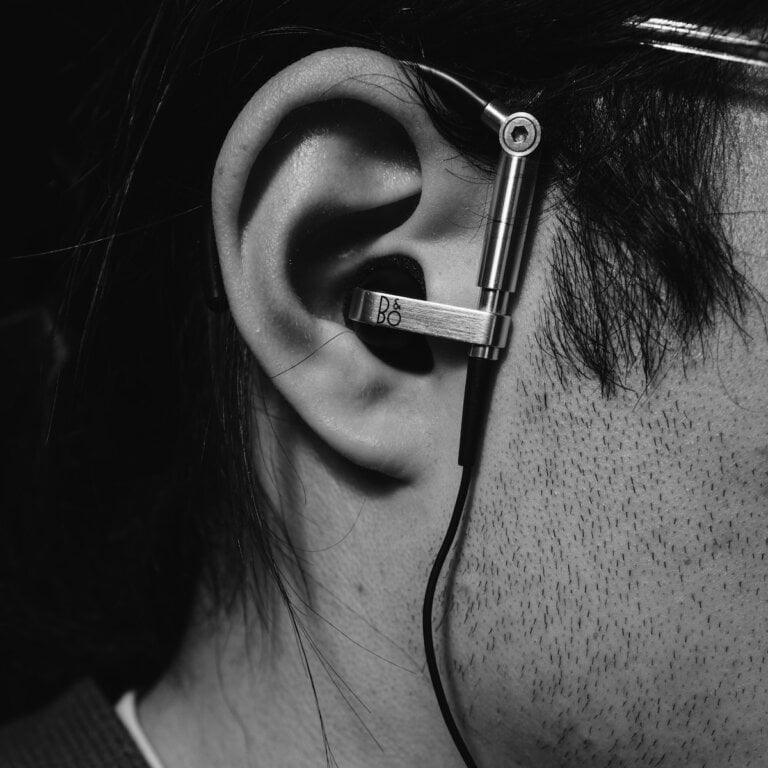Healing Little Ears: Effective Strategies for Treating Ear Infections in Children
Last Updated on 25th April 2024 by Admin
Ear infections in children are a common occurrence and can cause discomfort and pain for your little ones. As parents, it is important to understand the effective strategies for treating these infections to ensure the well-being and health of your child’s ears. In this article, we will discuss various methods and techniques to help heal and prevent ear infections in children.
Understanding Ear Infections in Children
Before we delve into the strategies for treating ear infections, let’s understand what exactly an ear infection is and how it affects children.
An ear infection occurs when bacteria or viruses invade the middle ear, causing inflammation and fluid buildup. Children are more prone to ear infections due to their smaller and more horizontal Eustachian tubes, which can easily become blocked or infected.
There are three main types of ear infections:
-
Acute otitis media (AOM): This is the most common type of ear infection, characterized by fluid buildup and sudden onset of symptoms such as ear pain, fever, and irritability.
-
Otitis media with effusion (OME): In this type, the fluid remains in the middle ear even after the infection has cleared. It can lead to hearing difficulties and may require monitoring or further treatment.
-
Chronic otitis media with effusion (COME): If fluid persists in the middle ear for an extended period, it is considered chronic. This can cause recurrent infections and potential hearing loss if left untreated.
Strategies for Treating Acute Otitis Media (AOM)
When it comes to treating acute otitis media, there are several effective strategies you can implement:
-
Consult a Pediatrician: If you suspect your child has an ear infection, it is crucial to consult a pediatrician. They will examine the ears and can prescribe appropriate medication or treatment based on the severity and type of infection. A thorough examination by a medical professional is essential to accurately diagnose the infection and determine the most suitable course of treatment.
-
Pain Relief: Ear infections can be painful, so providing pain relief to your child is essential. Over-the-counter pain relievers such as acetaminophen or ibuprofen can help alleviate discomfort and reduce fever. Always consult with a healthcare professional before administering any medication to your child. They can advise you on the appropriate dosage and frequency based on your child’s age and weight.
-
Warm Compress: Applying a warm compress to the affected ear can provide relief by reducing inflammation and soothing pain. Ensure that the compress is not too hot to avoid burning the delicate skin around the ear. You can use a warm towel or a heating pad wrapped in a cloth for this purpose. Gently place the compress against the ear for a few minutes at a time, repeating as necessary.
Strategies for Treating Otitis Media with Effusion (OME) and Chronic Otitis Media with Effusion (COME)
Treating otitis media with effusion (OME) and chronic otitis media with effusion (COME) requires a slightly different approach. Here are some strategies you can follow:
-
Consult a Pediatrician: As with acute otitis media, it is important to consult a pediatrician for a proper diagnosis and treatment plan. The pediatrician will assess the severity and duration of the fluid buildup and may recommend further evaluation or intervention if necessary.
-
Monitoring: In some cases, the fluid in the middle ear may resolve on its own without any specific treatment. The pediatrician may suggest a period of monitoring to see if the fluid clears up naturally. During this time, it is important to keep regular follow-up appointments to ensure the condition is improving.
-
Tympanostomy Tubes: If the fluid persists and becomes chronic, the pediatrician might recommend the placement of tympanostomy tubes. These small tubes are inserted into the eardrums to help drain the fluid and equalize pressure, reducing the risk of future infections. The procedure is usually performed under general anesthesia and involves making a small incision in the eardrum to insert the tube. The tubes typically stay in place for several months and eventually fall out on their own.
Preventive Measures for Ear Infections
Preventing ear infections is always better than treating them. Here are some preventive measures you can take to reduce the risk of your child developing ear infections:
-
Breastfeeding: Breastfeeding your baby for the first six months can help boost their immune system, reducing the likelihood of ear infections. Breast milk contains antibodies that can help protect against infections, including those in the ears.
-
Avoid Bottle Propping: When feeding your baby with a bottle, hold them upright to prevent milk or formula from flowing back into the Eustachian tubes, which can increase the risk of infection. Bottle propping can also lead to improper swallowing, which can contribute to ear infections.
-
Vaccinations: Keeping your child’s immunizations up to date is crucial for reducing the risk of ear infections. Ensure that your child receives the pneumococcal and influenza vaccines as recommended by their healthcare provider. These vaccines can help protect against bacterial and viral infections that can lead to ear infections.
-
Hand Hygiene: Encourage regular handwashing for both you and your child to minimize the spread of germs. Regular handwashing can help prevent the transmission of bacteria and viruses that can cause ear infections.
-
Avoid Allergens: If your child has allergies, it is important to manage them effectively. Allergies can contribute to ear infections, so consult with an allergist if necessary. Identifying and avoiding allergens that trigger allergic reactions can help reduce the risk of ear infections.
-
Limit Pacifier Use: Prolonged pacifier use can increase the risk of ear infections. If your child uses a pacifier, try to gradually wean them off it after six months of age. Pacifiers can promote the growth of bacteria in the mouth, which can then travel to the middle ear and cause infections.
-
Avoid Secondhand Smoke: As mentioned earlier, exposure to secondhand smoke can increase the likelihood of ear infections. Keep your child away from smoke-filled environments, and make sure that your home and car are smoke-free zones. Secondhand smoke can irritate the Eustachian tubes and make them more susceptible to infections.
Conclusion
Ear infections in children can be challenging, but with the right strategies and preventive measures, you can effectively treat and reduce the risk of these infections. It is important to consult with a healthcare professional for a proper diagnosis and appropriate treatment. By following the tips mentioned in this article, such as consulting a pediatrician, providing pain relief, using warm compresses, and implementing preventive measures, you can help your child heal and prevent future ear infections, ensuring their little ears stay healthy and happy.
FAQ
Q: What are the three main types of ear infections in children?
A: The three main types of ear infections in children are acute otitis media (AOM), otitis media with effusion (OME), and chronic otitis media with effusion (COME).
Q: How can I treat acute otitis media (AOM) in my child?
A: To treat acute otitis media, you should consult a pediatrician for a proper diagnosis and treatment plan. They may prescribe medication, provide pain relief options, and suggest using warm compresses.
Q: What strategies can I follow to treat otitis media with effusion (OME) and chronic otitis media with effusion (COME)?
A: For OME and COME, it is important to consult a pediatrician for a proper diagnosis and treatment plan. The pediatrician may recommend monitoring the condition or, in chronic cases, the placement of tympanostomy tubes to help drain the fluid.
Q: What preventive measures can I take to reduce the risk of ear infections in my child?
A: To reduce the risk of ear infections, you can breastfeed your baby, avoid bottle propping, keep vaccinations up to date, practice good hand hygiene, manage allergies effectively, limit pacifier use, and avoid secondhand smoke exposure.







